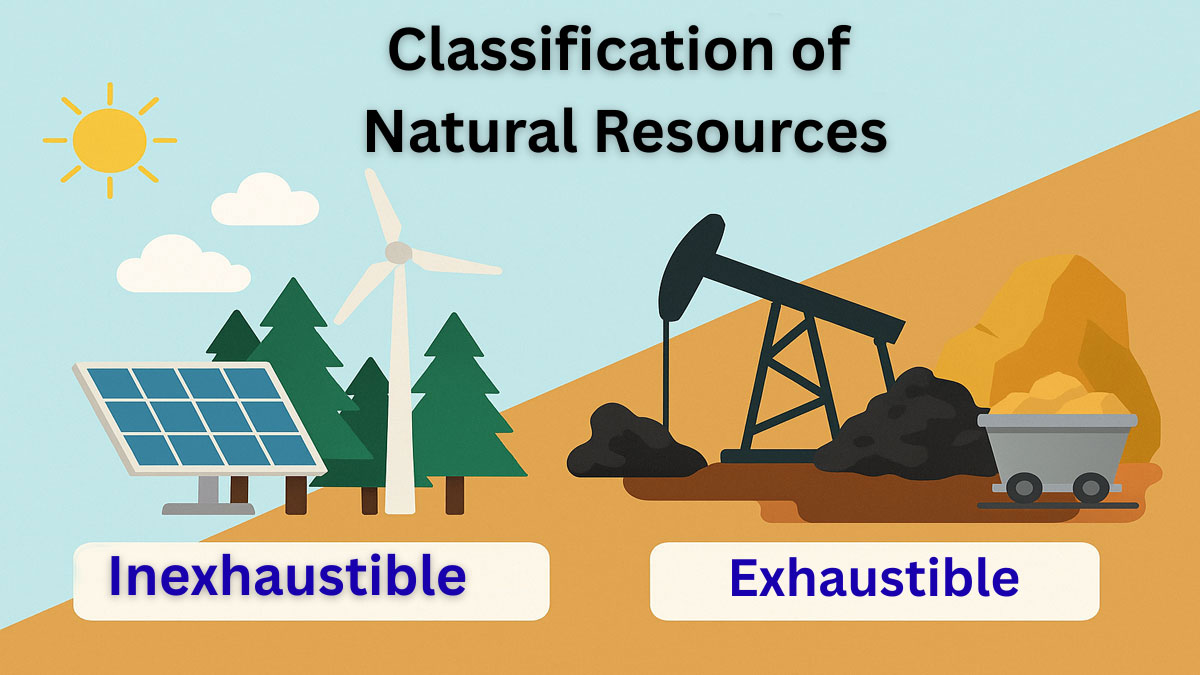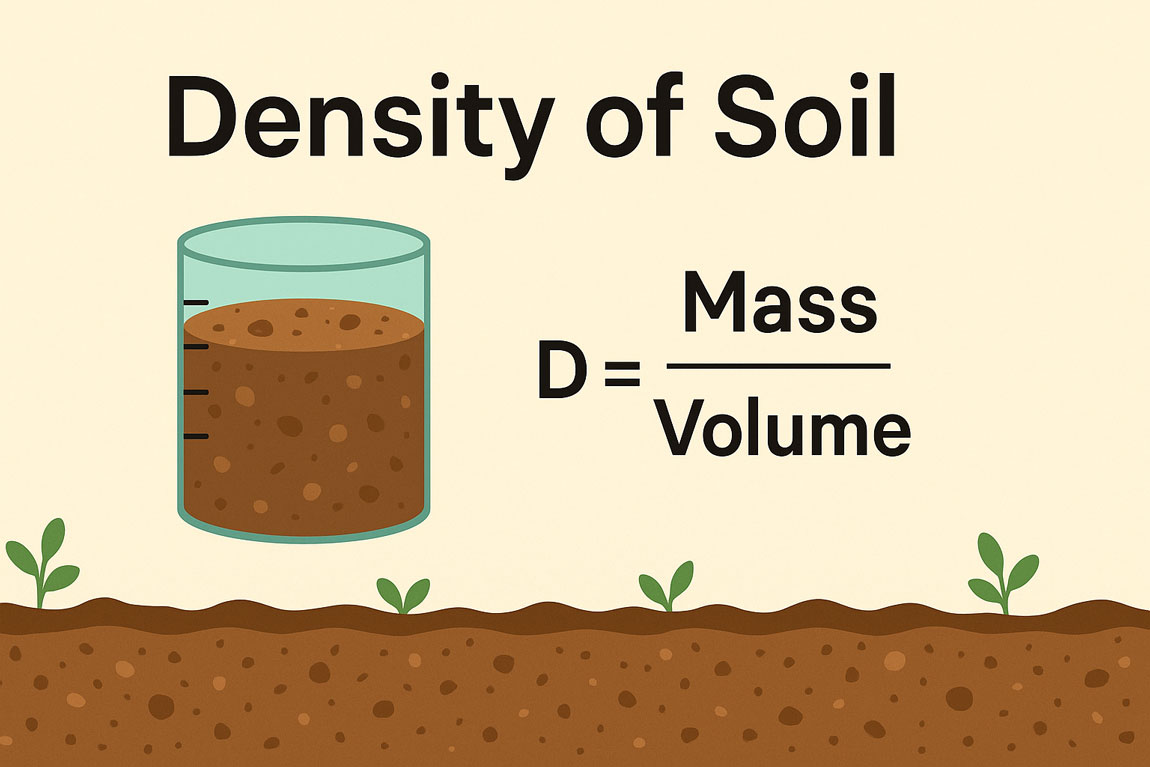Seismology:
Seismology (from Greek σεισμός “earthquake” and -λογία “study of”) is the scientific study of earthquakes and the propagation of elastic waves through the Earth or through other planet-like bodies. Seismology studies seismic waves that move through and around the earth, including earthquakes.
Geophysicists can study how these waves move and affect the earth to learn the nature of the earth deep below the surface, where it can’t be directly seen. The seismic waves can be from a naturally occurring event, like an earthquake, or they can be artificially produced.
The field also includes studies of earthquake effects, such as tsunamis , as well as diverse seismic sources such as volcanic, tectonic, oceanic, atmospheric, and artificial processes (such as explosions). A related field that uses geology to infer information regarding past earthquakes is paleoseismology.
A recording of Earth’s motion as a function of time is called a seismogram. A seismologist is a scientist who does research in seismology.
Development History of Seismology:
Early speculations on the natural causes of earthquakes in the writings of Thales of Miletus (c. 585 BCE/BC), Anaximenes of Miletus (c. 550 BCE), Aristotle (c. 340 BCE) and Zhang Heng (132 CE/AD),.
In 132 CE (common era), Zhang Heng of China’s Han dynasty designed the first known seismoscope. In 1664, Athanasius Kircher argued that the movement of fire within a system of channels inside the Earth caused earthquakes. In 1703, Martin Lister (1638 to 1712) and Nicolas Lemery (1645 to 1715) proposed that chemical explosions within the earth caused earthquakes.
The Lisbon earthquake of 1755, coinciding with the general flowering of science in Europe, set in motion intensified scientific attempts to understand the behaviour and cause of earthquakes. John Bevis (1757) and John Michell (1761) were among the earliest to respond.
Michell determined that shifting masses of rock miles below the surface cause earthquakes originating within the Earth as waves of movement. From 1857 Robert Mallet laid the foundation of instrumental seismology and carried out seismological experiments using explosives.
In 1897, Emil Wiechert’s theoretical calculations led him to conclude that a mantle of silicates surrounds the Earth’s core of iron. In 1906, Richard Dixon Oldham identified the separate arrival of P-waves, S-waves, and surface waves on seismograms and found the first clear evidence that the Earth has a central core.
In 1910, after studying the 1906 San Francisco earthquake, Harry Fielding Reid put forward the “elastic rebound theory,” which remains the foundation for modern tectonic studies. The development of this theory depended on the considerable progress of earlier independent work on the behavior of elastic materials and mathematics.
In 1926, Harold Jeffreys was the first to claim, based on his study of earthquake waves, that below the crust, the core of the Earth is liquid. In 1937, Inge Lehmann determined that a solid inner core exists within the Earth’s liquid outer core.
By the 1960s, earth science had developed the well-established theory of plate tectonics, which explains the cause of seismic events.
Learning from Seismology:
As noted, plate tectonics does not explain every earthquake but probably explains about 90%. However, it does not help much in predicting earthquakes because plate tectonics processes happen over millions of years, a time scale very different from human experience. It is hard to say what will happen to a particular plate in any specific year.
Plate tectonics tells us only the areas where earthquakes are likely—specifically, plate boundaries. Even though the processes that create the conditions for an earthquake occur very slowly, the clear signs that an earthquake is coming usually appear only seconds before the quake itself.
Thus, despite modern seismometers’ sophistication, they generally do not provide enough advance notice to save lives. Thousands of tremors happen each year, most too small to register. Sometimes these tremors serve as foreshocks, indicating that a quake is approaching a particular area.
In addition, studies of other phenomena, such as tidal behavior and animal reactions (probably due to some creatures’ extremely acute hearing), may offer clues about where future quakes will occur.






